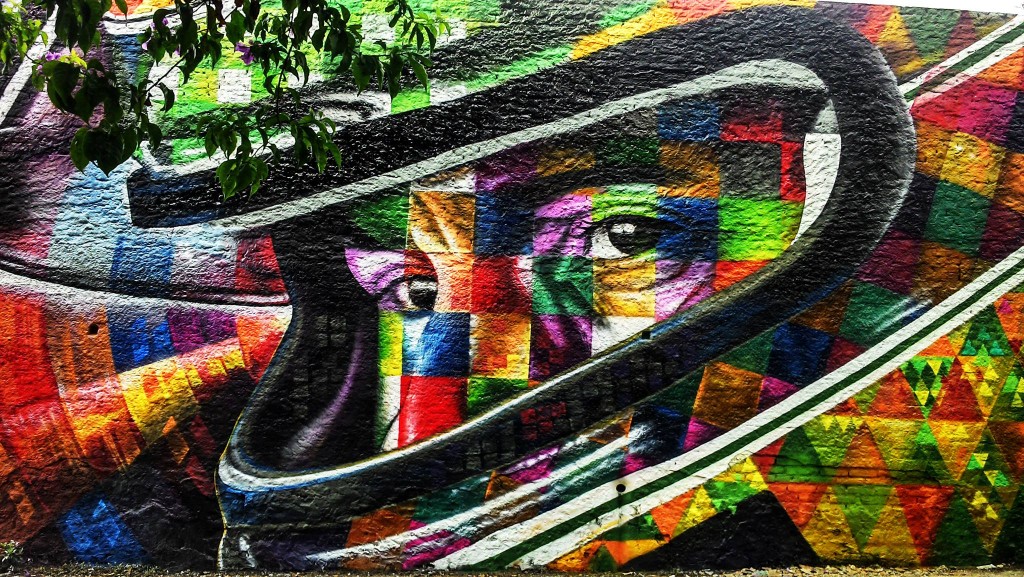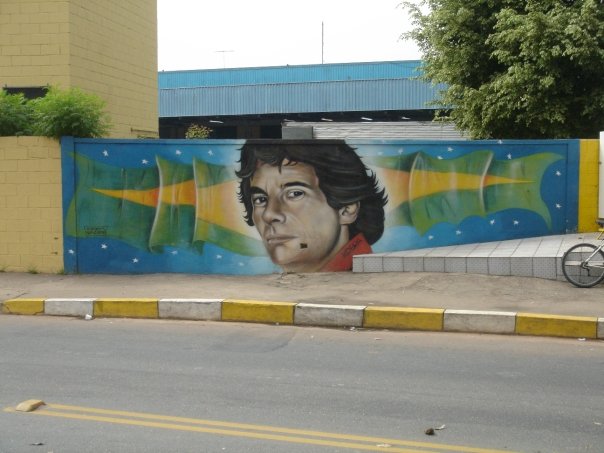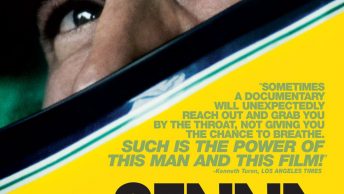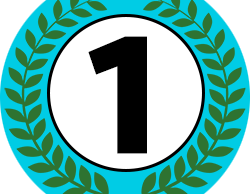
Ayrton Senna’s image is seemingly everywhere this week around our connected world as members of the racing community and beyond remember the contributions he made to sport and to a continuing extent, the people of his homeland in Brazil.
Rather than write up a list of his achievements on the track, of which there are many, 20 years after his passing today it seems more fitting to remember his legacy as a force for change and improvement in his own life and those around him. The racing world will always miss him, and were he alive today, success in Formula 1 would likely be but one of his accomplishments, as many who knew him well felt he was destined for greater things, including one day holding presidential office in Brazil.
Learning the larger story of his goals and dreams for his country are part of what makes Senna a more complete figure for me and less of just a superstar driver, so when I had a chance to visit the country in 2004, I made a special stop in Sao Paulo for the day en route to Rio to visit the cemetery and pay respects during the 10th anniversary of his passing.
Armed with an address and long redeye ahead from Miami, I hopped on a plane and into a seat with all the legroom one could need for the flight, but little else as I was sandwiched in the middle of a row of 4 medium to large guys – it was looking like a long haul.
As we made our way over South America, I got to know them, and the usual smalltalk gave way to why I was visiting Brazil and I learned my news friend from Florida were in town to visit family. When the conversation turned to my plans for visiting Senna’s grave for the day, the tone turned from one of small talk into one of concern, as I explained that I was going to visit the cemetery via taxi from the airport. I was quickly met with a long list of questions, ranging from “Do you speak Portuguese?” to “Have you ever been to Sao Paulo”?
I had handled myself in other countries and situations before, but wasn’t going to let that keep me from seeking the best advice beyond what I’d learned already. The rest of the flight I took down several suggestions, and gratefully accepted help in arranging a cab and guide at the curb after we gathered our luggage.
My trip through the city was memorable, to say the least. The sprawl visible through the haze on landing approach had braced me for the traffic down below but the sights, smells, (and for the love of F1) – the driving – were unbelievable as we wound our way along a four lane highway beside a reeking 40 foot wide trench of ooze. Real city life in Brazil was going to be very different from the sun, beaches and sands of Rio as smog, pollution and other signs of struggle and inner city turmoil were everywhere.
Traveling from the airport takes you through some tough neighborhoods en route to the relatively upscale neighborhood of Morumbi, where Senna was raised and lies today. Arriving at the Morumbi district after a hour’s drive, the thick smog hung in the air as we started to climb the streets towards the cemetery with no clearing in sight, but as the traffic noise faded into the background, greener spaces opened up with more luxurious high rises nearby overlooking the city.
As we pulled into the cemetery, men were sweeping the parking lot with brooms made from branches and tree limbs, a humble reminder of things as they are in Brazil – simple, resourceful and eventually effective with enough hard work. My driver asked where to go on my behalf and I started out on a short walk to a prominent point overlooking the district. The grassy hill by Senna’s grave plaque was well manicured and was covered with the well wishes, flowers and tokens of affection – “Nothing can separate me from the love of God” reads the inscription.

‘Amen’, I thought, knowing Senna was a deeply religious and spiritual person.
With nothing but the din of city noise in the background, I paused a few moments and wondered what it all meant now that I had finally arrived. The entire cemetery was empty except for the taxi driver, myself and a half dozen gardeners.
Resting for a bit after a tense road trip, it was time to make sense of where I was exactly, what had brought me there, and what was I feeling. Never having met Senna or his family, there wasn’t anything I knew beyond the many achievements and stories about the man. It seemed like it should have been a larger than life moment – but sometimes the more profound one tries to be, the more the clearly the simple things stand out.
I was thankful for the chance to just be there, to see what life was like in the place around where Senna grew up and the disparity of opportunity and wealth he saw. The more I thought, the more I appreciated my having made it safely, the help I’d gotten from complete strangers on the flight over, the articulated bus that didn’t hit us after it’s rear wheels hopped a curb and swerved into our lane. . . so without too much further thought I’d realized it had been about the journey.
Moment of clarity reached, I paid my respects and walked towards the car, keeping the experience to myself as my driver pulled towards the cemetery gates and onto the main road. We signaled left to go back down the hill and across the street facing us was a huge mural – we stopped for this photo:

The image of Senna in front of the bandeira looking like he’s ready for another race or another battle is striking. It’s directly across from the cemetery entrance and I still look at the photo of that mural and see a portrait of someone who’s ready to get on to what needs to be done next.
There have been several books about the man, and nothing puts his story and what mattered to him in so much perspective as my visit to Sao Paulo that day. If you have a moment, visit the Ayrton Senna Institute and the legacy his sister Viviane keeps alive on behalf of Brazil.



Love this Pete, great Blog.